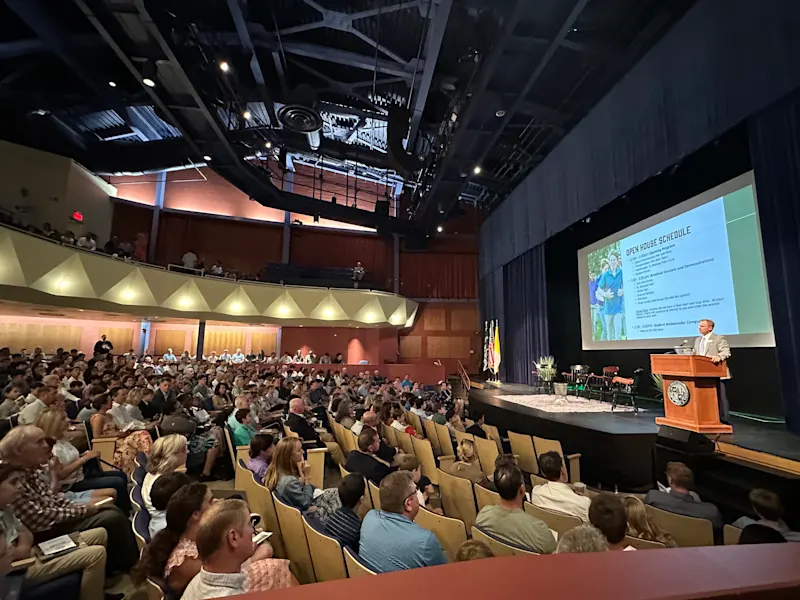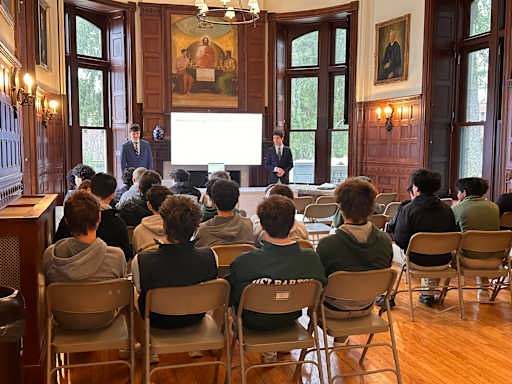“Oppenheimer,” the blockbuster film about the making of the atomic bomb, has its fair share of memorable scenes, but there’s one that most won’t notice.
Luis Alvarez, a physicist at UC Berkeley, has been reading the newspaper when he passionately alerts his colleague, J. Robert Oppenheimer, that two German chemists, Otto Hahn and Fritz Strassmann split the uranium nucleus. They had split an atom. This would later catapult the beginnings of the Manhattan Project, the American effort led by Oppenheimer to develop history’s first nuclear weaponry.
This scene, however, to the dismay of many is not exactly historically accurate. In fact, a major player is completely absent of mention: Lise Meitner, a physicist who partnered with Hahn in developing the theory of nuclear fission, which was the key foundation to the atomic bomb.
From a young age, Meitner sought to break barriers. She was one of the first female students at the University of Vienna (1901), soon traveling to Berlin for her doctorate in physics where she worked closely with Hahn—a partnership that would be transformative to both science and history but also controversial.
While the two began experimenting to gain a better understanding of radioactivity and nuclear physics, after the Nazi regime “annexed” Austria, Meitner fled to Sweden as Hahn carried on with their work, performing experiments in his lab while communicating with Meitner for interpretation of results. Hahn and his partner Fritz Strassman soon received baffling results: when uranium atoms were flooded with neutrons, a much lighter element, barium, was created rather than the expected neutrons being absorbed and releasing an electron.
They had inadvertently discovered nuclear fission. Having submitted their results for publication, their paper was filled with a tone of great uncertainty and coincidental results. Meitner was mentioned nowhere in the paper. There was neither any mention of her contribution, nor her inclusion in the journal as an author.
Lise Meitner’s tale is one of bravery, intelligence, and breakthroughs. Her work set the foundation for understanding nuclear fission, a discovery with broad repercussions on our society.




































